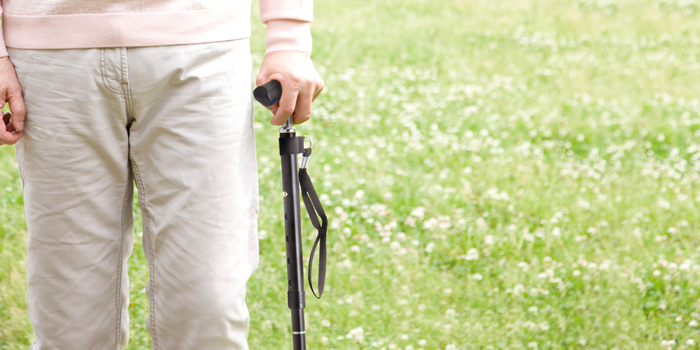No products in the cart.
Uncategorized
How to Help Prevent Falls at Home for Older People
A report titled ‘Trends In Hospitalised Injury Due To Falls In Older People’ found that around 125,000 people aged 65 and over were seriously injured due to a fall in 2016–17. The most common injuries sustained were to the head (26%), and hip and thigh (22%).
It has been estimated that at least one-third of people aged 65 years and over fall one or more times a year. In most cases, these falls will not result in a serious injury; however, they can cause the following:
- Fractures of the hip, wrist or other bones
- Dislocation of the shoulder
- Cuts and abrasions
- Bruising and sprains
- Loss of confidence due to a fear of falling, which can impact daily activities
Common Causes of Falls in Older People
As we grow older, there are a number of things that may increase our risk of falling. A person who is taking care of an older adult should be aware of the following risk factors:
- Vision changes
- Loss of feeling in certain parts of the body
- Problems with senses and balancing
- Muscles losing strength and joints becoming stiffer
- Health issues
- Side effects caused by medication
- Lack of physical activity
- Trip hazards, such as rugs, mats and uneven surfaces, combined with poor lighting
- Suffering from a short-term illness, such as the flu, or during recovery from an operation
How to Help Prevent Falls
In many instances, falls can be prevented. Some of the common risk factors for falls can be easily mitigated or managed to reduce the severity of injuries that may occur.
The main thing to bear in mind is that if an older adult in your care is feeling unsteady or has a fall, an appointment should be made to discuss this with a health professional. This should be done even if it does not seem to cause an injury, as falls can be an indicator of an underlying health problem.
1. Avoid Falls
There are a number of steps that can be taken to avoid falls and injuries:
- Look after the older person’s health by ensuring health checks are up to date, making sure they are eating well, and encouraging exercise to improve balance, strength and flexibility.
- Ensure the older adult wears shoes that are comfortable and fit properly, with slip-resistant soles.
2. Increase Safety In The Home
Increasing safety in the home will reduce the risk of an older adult having a fall:
- Ensure lighting is appropriate, particularly between the bed and the bathroom for visits to the toilet during the night. Lighting should also be good near any internal steps. Plug-in night-lights and movement-sensitive lights are ideal for near the stairs and the bathroom.
- Reduce clutter in the home and ensure corridors and hallways are clear and well lit.
- Ensure any carpets with worn areas, holes or long threads are repaired or replaced.
- Secure any mats or rugs in the home with adhesive strips.
- Ensure big pieces of furniture such as chairs and beds are solid and easy for the older adult to get into and out of.
- Fit grab rails in the bathroom to avoid slips on wet bathroom tiles.
- Encourage the older person to avoid clothing that is too long or trails on the floor, as this can cause trips and falls.
For more ideas on how to make a home safer for an older adult, get in touch with an occupational therapist.
3. Increase Safety Outside
The following can help reduce the risk of a fall in outdoor areas of the home:
- Ensure garden tools are put away after use.
- Advise older adults to avoid using ladders. Instead, encourage them to ask someone else for help if they need to access something at height.
- Remove moss from the garden, as this can make the path slippery when they are wet.
- Paint the edge of outside steps with a bright colour so that they are easier to see.
- Fit grab rails to outdoor steps and make sure they are well lit.
- Ensure pathways are clear and swept. Repair broken or cracked paths.
- Encourage the older adult to wear hats and sunglasses outdoors to reduce blurred vision through sun glare.
Did you know that the seated exercise program Ageless Grace® works on helping balance by targeting three areas of the body within the safety of a chair? If you want to find out more about this, and how our courses or workshops may be able to help you as a carer, don’t hesitate to get in touch.


